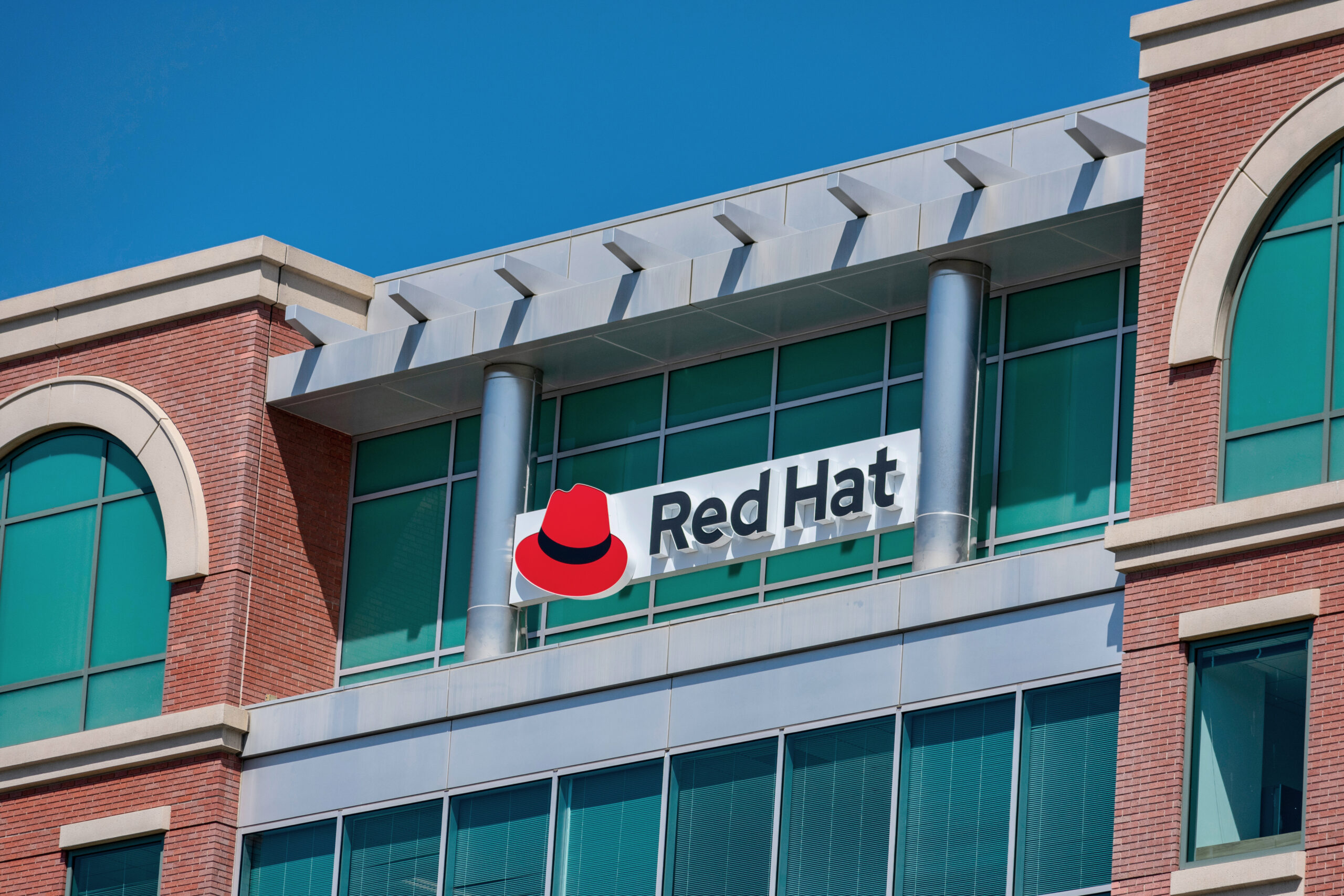Red Hat has recently announced the general availability of Red Hat Enterprise Linux 9.2 as well as the forthcoming availability of Red Hat Enterprise Linux 8.8.
These new releases further Red Hat’s efforts to simplify and streamline complex Linux platform tasks across the hybrid cloud, from datacenters to public clouds to edge deployments, helping IT teams overcome staffing and skill shortages and improve efficiency in critical infrastructure areas.
Red Hat Enterprise Linux 9.2 and 8.8 will expand the capabilities of system roles to bring better consistency and efficiency at greater scale by automating administrative tasks. These enhancements allow Linux roles, including Microsoft SQL Server and virtual private networks (VPNs), to be readily configured, credentialed and deployed with Linux knowledge.
Additional Red Hat Enterprise Linux system role updates include expanded capabilities around Microsoft SQL Server and Microsoft Active Directory, as well as the addition of the Red Hat Enterprise Linux system role for Podman, Red Hat’s tool for developing, managing and running containers on Linux platforms.
To suit customer needs when it comes to the Red Hat Enterprise Linux support lifecycle, IT organizations now have two new lifecycle management options for supported enterprise Linux: enhanced extended update support and Red Hat Enterprise Linux 7 Extended Lifecycle Support (ELS).
Elsewhere, the Red Hat Enterprise Linux image builder tool will include new organizational-specific security policies, while the web console helps further drive IT security and compliance policy enforcement across the hybrid cloud.
Support for 64k page-sizes for Arm architecture will also be provided to Red Hat customers in the latest release, with the expanded set of Arm-based, certified hardware options offering greater choice to organizations running memory-intensive workloads.
Gunnar Hellekson, vice president and general manager, Red Hat Enterprise Linux, Red Hat, said: “With Linux forming the foundation for increasingly complex operations across the hybrid cloud, it’s vital that IT organizations be able to extend operations without having to also add new skills or resources. The latest versions of the world’s leading enterprise Linux platform bring greater automation to help IT teams extend their reach across the hybrid cloud while at the same time making it easier to embrace innovation, whether containers or new hardware architectures.”




